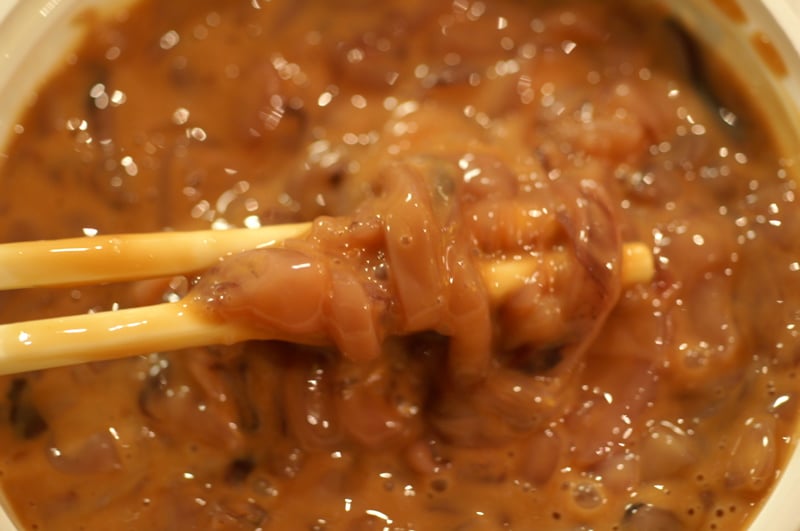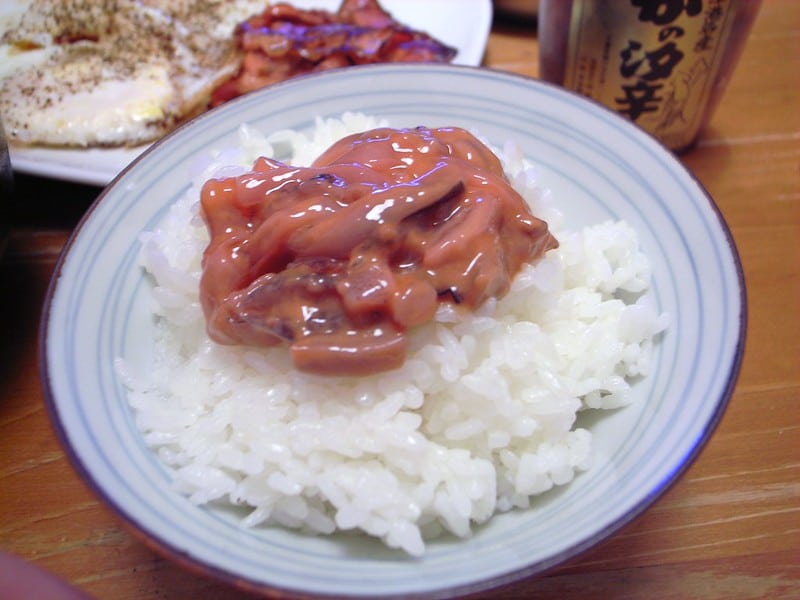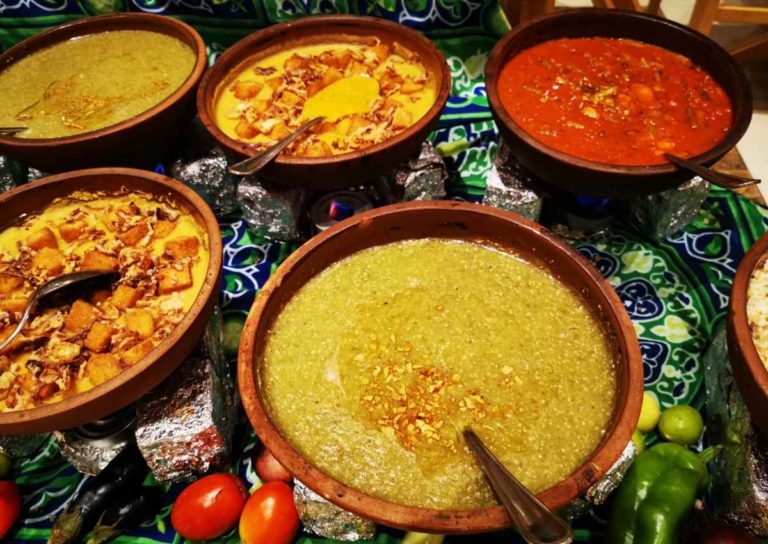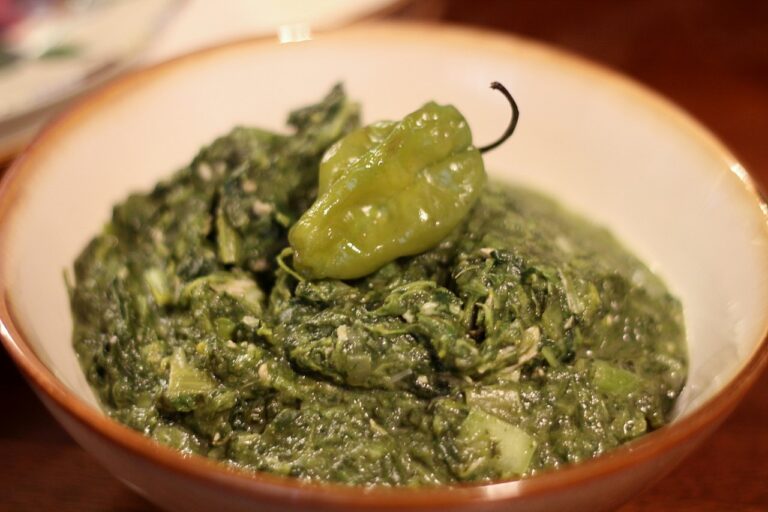Shiokara: Japanese Fermented Squid Delicacy

Among the incredibly weird and wonderful dishes we have encountered on our travels is a strange Japanese dish called Shiokara (or ika no shiokara). Shiokara is essentially squid fermented in its own viscera (guts) and salt, popular in Japan served with rice.
This dish was famous in 11th century for being a nutritious wholesome meal with reasonable amount of Vitamin D. It is now considered to be “chinmi” meaning rare taste (or utterly disgusting to foreigners!).
I have always been fond of Ramen noodles and Sushi, but I had mixed feelings about trying out this dish. And let me tell you, I was right to be. However, Shiokara is a delicacy in Japan and presumably some people like it so it’s always worth putting yourself out there and giving it a go.
History in Asia
Shiokara has a history of being a famous side dish in many countries, including Thailand, Myanmar, Cambodia, Laos, South Korea and parts of the Philippines.
In Japan, the dish has been deemed as an important side dish for many years however now it is now often served and consumed as a main dish.
Ingredients

Shiokara broadly refers to seafood fermented in their own viscera, salted and seasoned. However, there are many types of Shiokara such as, ika no shiokara, hotaru ika, no shiokara, uni no shiokara, aim no shiokara etc.
The most common among these is ika no shiokara, which is the famous version made from small squids, caught off the coast of Japan. It can also be made from tuna, salmon, crab and sweet-fish.
The fish is fermented in a mixture of viscera found in the main body cavity such as intestine and liver, salt and more fleshy tissue.
Wasabi (a Japanese spice), mirin (an alcoholic liquor), yuzu (a Japanese citrus fruit), pepper are also added to the mixture for flavour and zest, depending on the preferences of the cook.
Other types of shiokara like hitaruika no shiokara is made from fry-fly squid, uni no shiokara from sea urchin and aim no shiokara from mysidacea.
Taste
In Japan, the ability to acquire the taste of Shiokara, even for the Japanese palate, was considered quite and achievement. The reason it is considered chinmi (rare taste) is quite simply because it’s not widely beloved, it is in fact considered to be for very mature, experienced palettes.
The taste of Shiokara is similar in fishiness and saltiness to that of European cured anchovies. However, the texture is somewhat slimy and chewy which can be difficult to stomach.
Nutritional Value of Shiokara
In Japan, Shiokara is eaten with rice. If we talk about the nutritional value of the dish, it is high in protein and has low amount of fat. Shiokara is a good source of multiple vitamins including vitamin E, vitamin B12 and type of amino acid: taurine.
It has high water content and low calories; making it a diet friendly dish. Though the dish is not suitable for those who have a weak heart because it has high cholesterol level.
Where Can I Find Shiokara in Japan?

Shiokara is a widely available dish in Japan. If you are a tourist, there is a good probability that you will be visiting Tokyo. In the heart of Japan, Tokyo you’ll find many restaurants that serve scrumptious variety of Shiokara.
If the taste of the weird cuisine appeals your taste-buds then you can bring the recipe to your home as there are many authentic Shiokara recipes available online for those who want others to have the taste of the wholesome nutritious savory.
Photo credit: Okona, Boston9 (Licence)






